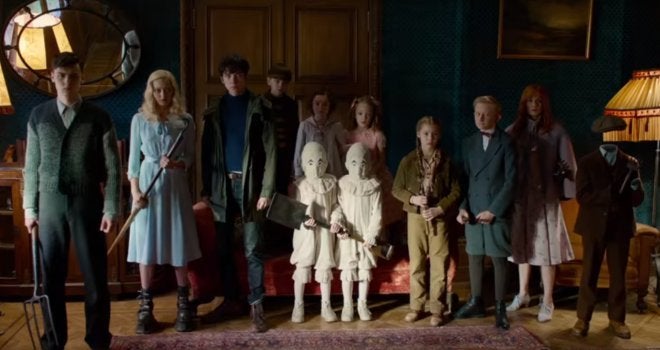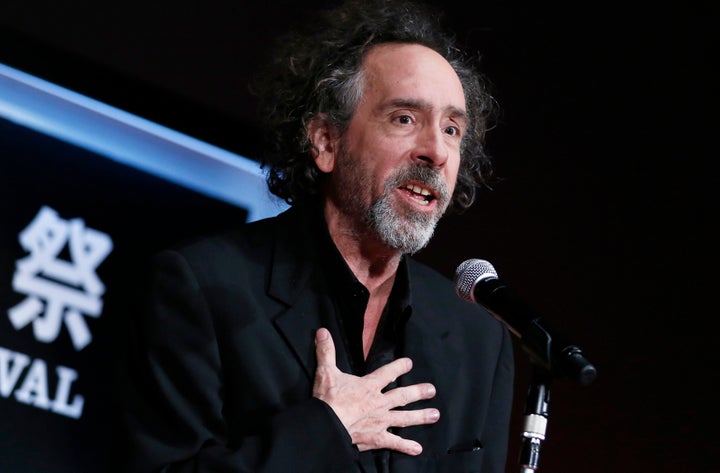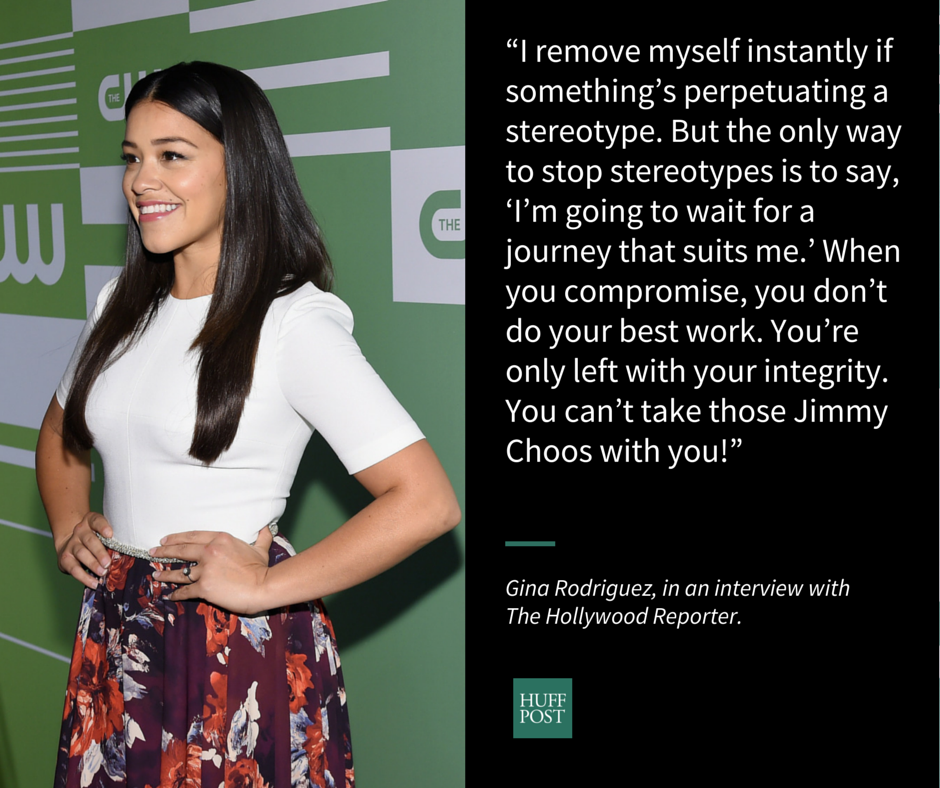
Recently director Tim Burton was asked by Bustle writer Rachel Simon why his latest film, “Miss Peregrine’s Home for Peculiar Children,” features an all white cast with the single exception of Samuel L. Jackson (who is cast, disappointingly yet unsurprisingly, as the murderous villain), Burton had this to say:
“Nowadays, people are talking about it more,” he says regarding film diversity. But “things either call for things, or they don’t. I remember back when I was a child watching The Brady Bunch and they started to get all politically correct. Like, OK, let’s have an Asian child and a black. I used to get more offended by that than just… I grew up watching blaxploitation movies, right? And I said, that’s great. I didn’t go like, OK, there should be more white people in these movies.”
“Things either call for things, or they don’t.” This is an alarmingly incorrect position to take.
By “things” one can only assume he means “films,” or perhaps, “film casts.” The idea that a film can, all on its own, cry out for an all white cast with a single black villain while the humble director, helpless, must obey without question is, of course, preposterous. “Things” do not “call for” anything – directors make specific decisions. You cannot abdicate responsibility for your casting by blaming it ON THE FILM YOU MADE, in which you personally made or approved every artistic decision.
If by “things” he means “the source material,” meaning that initially the book series was all white (adding characters of color later on in the series), once again he is abdicating responsibility for his personal decisions by pretending that he’s but a faithful reproducer of the source material. Where was this desire to faithfully reproduce the book when he was directing “Charlie and the Chocolate Factory,” for example? While Burton’s version is closer to the original 1964 Roald Dahl book than the 1971 film adaptation “Willy Wonka and the Chocolate Factory,” Burton still deviated in multiple ways from the book. Is whiteness the only inviolable aspect of source material?

As directors, we make the decisions that bring the world of the play, the film or the show to life. We create the worlds you see on screen and on stage. We can choose a diverse world that reflects the one in which we live, or we can choose an all white world that shuts out people of color, denies opportunities for actors of color, and creates the illusion that white people are the only people whose stories are worthy of telling unless something is specifically about being Black, Latinx, Asian, etc. When a work is just about “people” – when the story has nothing to do with race specifically – if you then think the work “calls out” for whiteness because you see white as “neutral,” you have, at the very least, a failure of imagination. But that failure goes much deeper.
The alarming aspect of Burton’s abdication of the very basics of film directing – the artistic decisionmaking – is that he imagined the work itself somehow told him he needed to create a group of wonderful white people whose major threat is a murderous black man. This kind of reinscribing of whiteness as superior, innocent and good alongside blackness that exists solely as a dangerous threat to that whiteness is a trope that literally gets innocent black people killed every day. This isn’t “just a film.” There’s no such thing. Our culture is primarily impacted by the narratives of popular culture. Films are massively important cultural artifacts that have the power to shift an entire culture.
“These tropes, unchecked in our culture, are complicit in the deaths of far too many people of color, including children.”
When police officers have a split second decisions to make, why do they imagine seeing a gun in the hand of an unarmed black man, or imagine a black man reaching for a gun when he reaches for his wallet as instructed, or imagine a black man lying on the ground with his arms in the air is a threat, or imagine a black child with a toy gun is an adult threatening their lives, especially when police bring in European American active shooters alive routinely? When our culture pumps out narrative after narrative after narrative equating blackness with DANGER, that has a massive impact on the real world.
When we talk about police “retraining,” we have to realize that no amount of retraining has the power to combat the massive force of our popular culture. There’s no police-specific training that can combat that without each individual officer personally committing to actively fighting those narratives in their hearts and minds every day of their lives – which, by the way, is something I think we should all be doing. Even then there are no guarantees that the narratives white supremacy relentlessly puts into their hearts and minds are all examined, understood, and held in check in that moment they stand before black people with their guns drawn.
As the people who literally build western culture every day through the choices we make as we create and release our art, we have a responsibility to the people whose lives are being violently stolen every day to do better. It’s an insult to their lost lives to say that the “thing” magically “called for” you to use an all white cast with a black villain.
It’s telling that Burton imagines that a lack of white people in blaxploitation films of the 1970s is somehow equivalent to his all white cast/black villain in 2016, as if the obvious race privilege of white people in the 1970s didn’t exist and the films at the time were racially problematic – yet magnanimously forgiven by Burton – for not including white people. As if we’re not now all aware of the massive social injustice faced by black people who are treated unfairly at every level of the criminal justice system, and who face police use of force – from small acts of violence to fatal ones – at far greater percentages than white people, and what it means in 2016 to make a group of innocent white children the heroes battling against a murderous black man. It’s astonishing, really, that anyone who makes his living from creating art – from understanding the value of symbols and tropes and narrative – could miss this. It’s alarming. These tropes, unchecked in our culture, are complicit in the deaths of far too many people of color, including children.
“As the people who literally build western culture every day through ... our art, we have a responsibility to the people whose lives are being violently stolen every day to do better.”
It’s telling that Burton says “oh, let’s have an Asian child and a black” in decrying the tokenism of shows – again from the 1970s (dude, that was 40 years ago) – like “The Brady Bunch.” Apart from the dehumanizing phrase “a black” (a black what?), Burton cannot imagine diversity as anything but tokenism, as if people of color do not exist outside of whiteness, as if including people of color is automatically tokenism, as if he can only imagine a single token actor of color in a film. Tim, why not cast people of color in lead roles? In lots of roles? In all the roles? Why not consider a diverse range of actors for every role and see who best fits the part when race is removed from consideration?
Yes, sometimes race needs to be a foremost consideration in casting. If you direct A Raisin in the Sun (please no one ever let Burton do this), Mr. Lindner needs to be European American and everyone else needs to be Black. But in, say, Mrs. Peregrine’s Home for Peculiar Children, race is not central to the narrative. Nothing would have been lost by hiring a diverse cast, and much would have been gained. No one is asking you to cast a single token Black actor, and yet THAT IS EXACTLY WHAT YOU DID in casting Samuel L. Jackson, making that even more egregious by making casting him as the villain. But the “Brady Bunch” and its dippy ‘70s “we’re all one big happy melting pot” nonsense is “more offensive” to you?
I’m not going to criticize Jackson for taking the role, since I have no idea how much he really knew when he signed the contract, and his statement about it does read like, “I am under contract to do positive PR for this film.” He’s an actor whose job is to act. Who knows what he was told about how the film would be created.
I am, however, flat out astonished that someone of Burton’s level of talent with symbol, narrative and trope would create such an obvious lie as “things call out for things” as a cover for his own decisionmaking. Then again, I’m not surprised at all.
The piece was originally posted on Bitter Gertrude.

